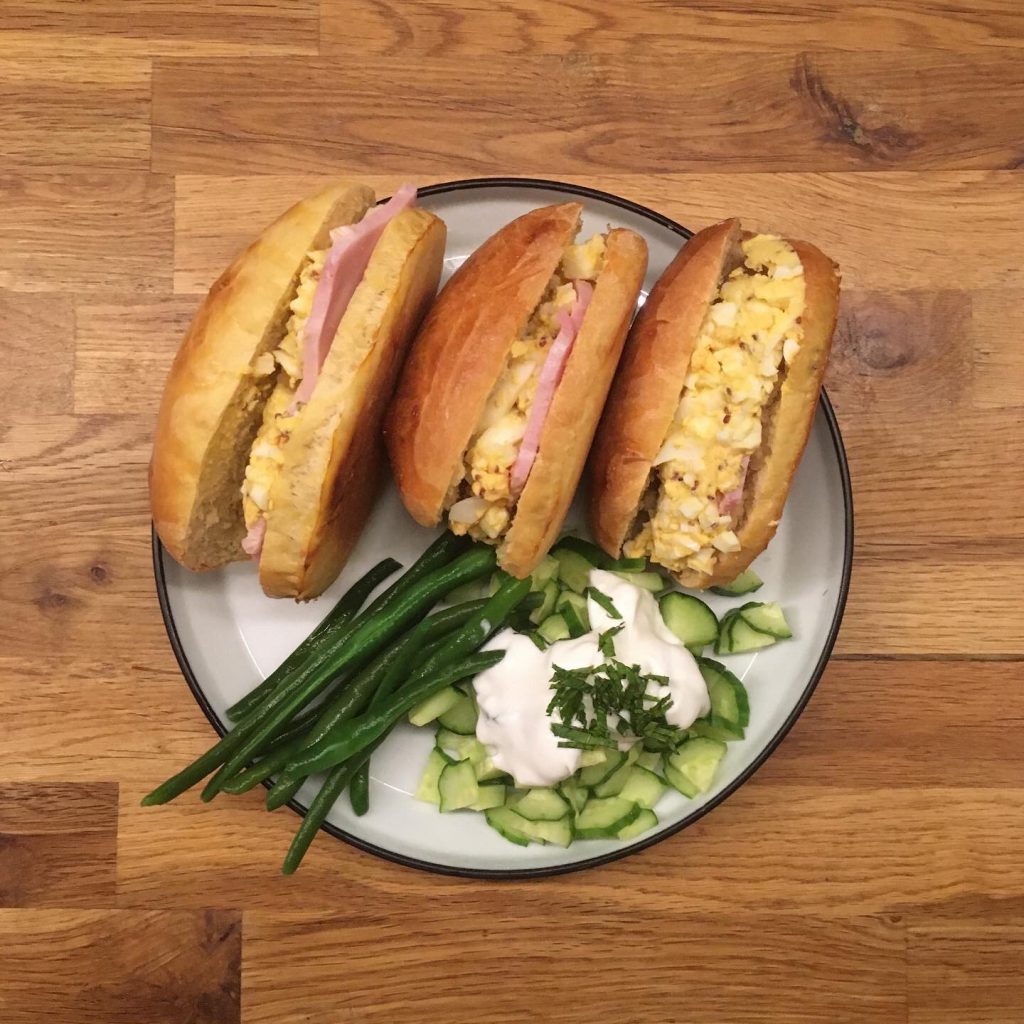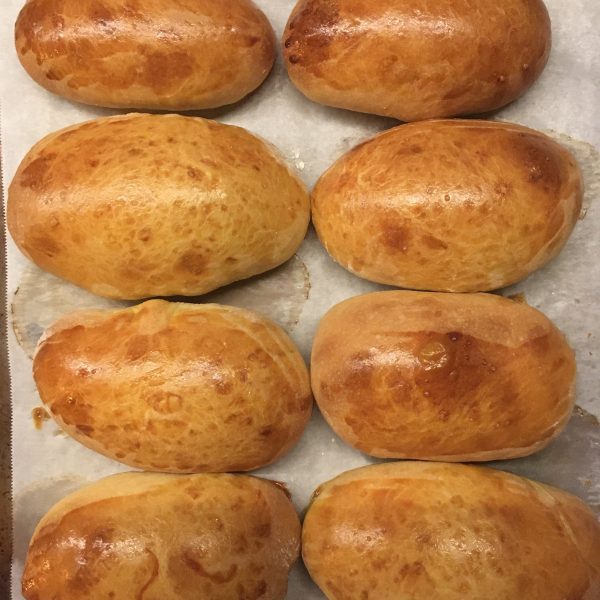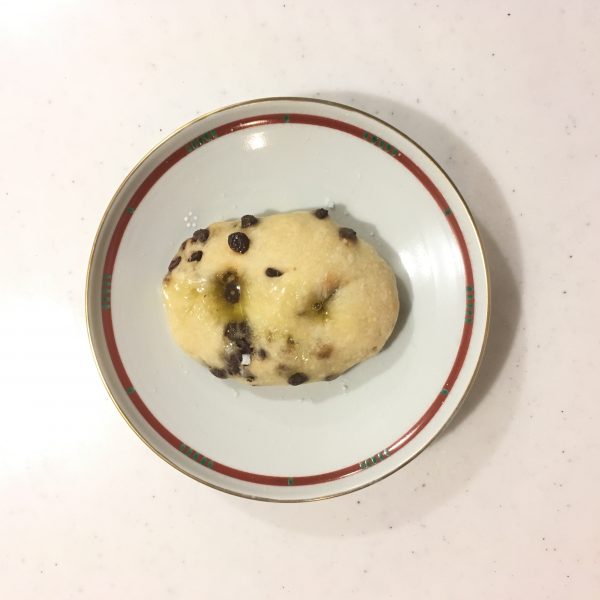I’ve been baking a lot of breads these days but suddenly I felt like eating a variety of other baked things such as brioche, until A. saw a picture of a pan bagnat in a magazine and asked me to make one for him. I didn’t see the picture, and instead of thinking of the classic pan bagnat from the south of France, that you can eat in Saint Tropez or in Nice, in a kind of ciabatta bread, a little dry, I thought about the soft and melty version in a pain au lait, went straight to the kitchen and started making dough for pain au lait. I used to use the recipe from Kayser bread book, but decided to change, and opted for a mix and match version. The whole thing ended up in delicious, soft and tasty perfect little breads. And that’s when A. told me that the pan bagnat he saw was not in a pain au lait… 🙁
No problem I said, how about egg and ham sandwiches instead???
And that’s how they turned out… and it was damned delicious. So here is the recipe of the pain au lait.
For the egg sandwich filling, I simply hard boiled 3eggs, chopped them with a knife, add a table spoon of olive oil, a table spoon of mustard, that’s it.

Pain au lait (makes 8)
- 280g of flour
- 3g of dry yeast
- 70g of butter
- 35g of sugar
- 100g of milk
- 5g of salt
- 1 egg + 1 egg optional for cooking
In a bowl mix the flour, the sugar, the salt and the yeast, add the egg and the milk and knead. Add the butter and knead until smooth and not sticky, it may take a bit of time. Let rest under a cloth until it almost doubles. You can flip the dough once in the meantime. Rising time will depend on your room temperature, your yeast, and the original temperature of ingredients. For a faster rise, use ingredients at room temperature.
Once the dough has doubled almost, dust your working surface with flour and the ball of dough. Flatten it and then make a rough oblong shape. Cut pieces of 70g-90g each, shape roughly in sausage. Don’t work too much the dough. And set on a sheet of cooking paper. Leave for 1-2h. Pre-heat the oven to 175deg. If you want perfectly golden little breads, use an egg batter. I you don’t care about the color, just spare it.
Bake at 175deg 10min then at 170deg another 10min or until perfectly golden. That’s it!!!
Have a good week!!









